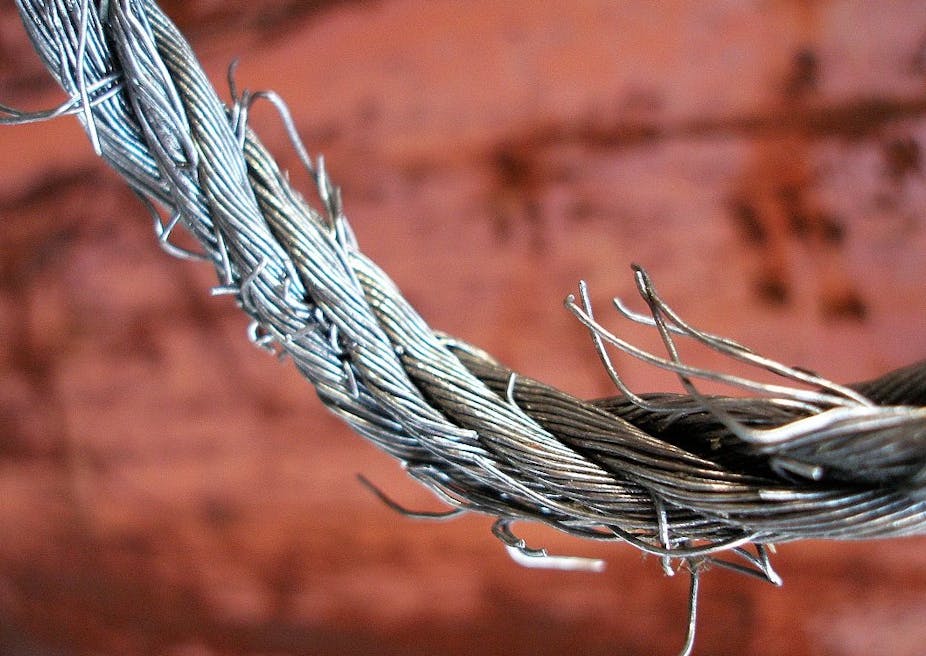Researchers have been able to restore mobility in paralysed rats using a technique called deep brain stimulation.
This involved delivering electrical impulses to an area of the brain called the mesencephalic locomotor region (MLR), which is found in the brainstem - a core, lower part of the brain and which also forms a key part of the central nervous system. The brainstem is responsible for regulating most automatic functions such as breathing, and it is also the relay point for all information that travels between the brain and the body.
The spinal cord carries bundles of nerve fibres that carry these messages from the brain to the rest of the body, which include motor commands for movement and sensations such as hot or cold. The severity of injury ranges and can be complete, where the whole cord is completely severed, to incomplete, where a varying number of nerve fibres remain.
The researchers studied rats in this latter category which were classed with chronic or severe spinal cord injury. They found that those that had 20-30% of certain fibres left were able to walk again (although with less speed and agility) while those that had less than 10% of these fibres and where hindlimbs were completely paralysed were able to show movement while swimming (where water provided more support).
Previous animal studies have shown that stimulating the MLR can induce movements independently of higher command parts of the brain. It was this ancient core command centre that the researchers wanted to access.
“The more we looked into the literature, the more obvious it became that in order to improve walking function we had to try to bring the brainstem to a position where it could exert its natural function again,” Lukas Bachmann, co-author of the study in Science Translational Medicine, said. “In normal laboratory animals (but also monkeys) it’s very clear that walking/locomotion is a very basic behaviour that is largely dependent on the brainstem’s interaction with circuits in the spinal cord.”
“We thought that a deep brain stimulation of the MLR would maximally recruit the few fibres from the brainstem to the spinal cord below the injury and they could regain the capacity to activate/control walking in injured animals.”
While the results were promising, Bachmann said these were only very first indications that needed to be assessed further before any hopes were raised in people who had suffered spinal cord injury. There is also no indication that deep brain stimulation has any lasting effects after the electrical impulses are turned off.
However, if these findings did translate into a clinical treatment, one interesting potential would be in patients who had older injuries. Many current therapies such as physiotherapy and rehabilitation and experimental trials focus on stimulating growth or reconnecting circuits in the newly injured, when nerve fibres try to regrow. But this approach, said Bachmann would be better used after at least a year after injury.
“Obviously some remaining connections (anatomically, they may be functionally insignificant without stimulation) would be required,” said Bachmann. “As patients early after injury can usually improve very much even with only conventional approaches like physiotherapy, any potential treatment would certainly not be aimed at them. Only when the performance of a patient had stabilised (after a year or so) could one think about such an approach.”
Alexander Rabchevsky, Professor of Physiology at the University of Kentucky, also urged caution in any assumption that the results would translate in human subjects. “These are interesting anecdotes that may have no relevancy in most mammalian species, notably humans. It is difficult to imagine that activating (waking up) a small population of spared spinal nerve tracts will mediate recovery of over-ground locomotion.”
He added that some rats that were unable to walk after severe spinal cord injury had been documented as able to swim after severe injury “without any interventions, spontaneously.”
A number of other experimental therapies are currently being developed to treat spinal cord injury in patients. One of the most promising is the use of stem cells, which can be transplanted to help with cord repair by replacing dead nerve cells and creating new growth. A number of stem cell treatments are already in early-stage clinical trials. Many other novel therapies are also making a leap from animal to early phase clinical tests.

